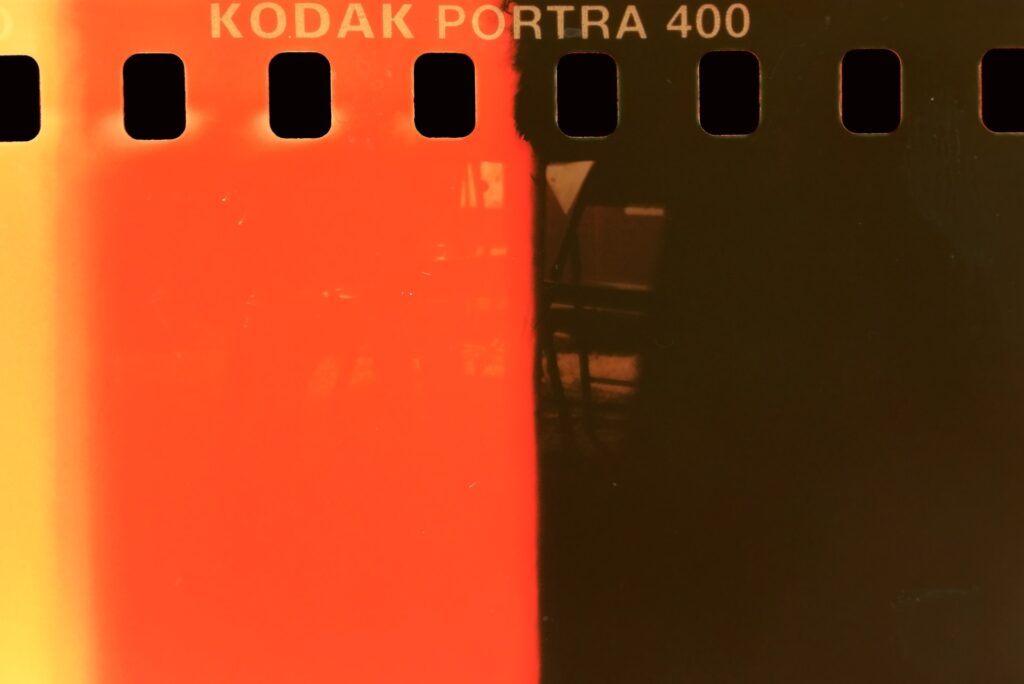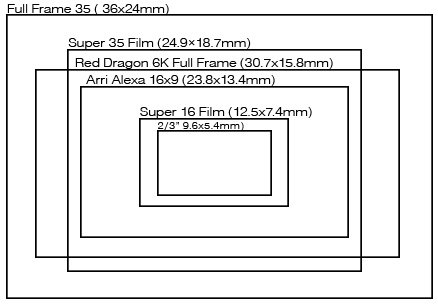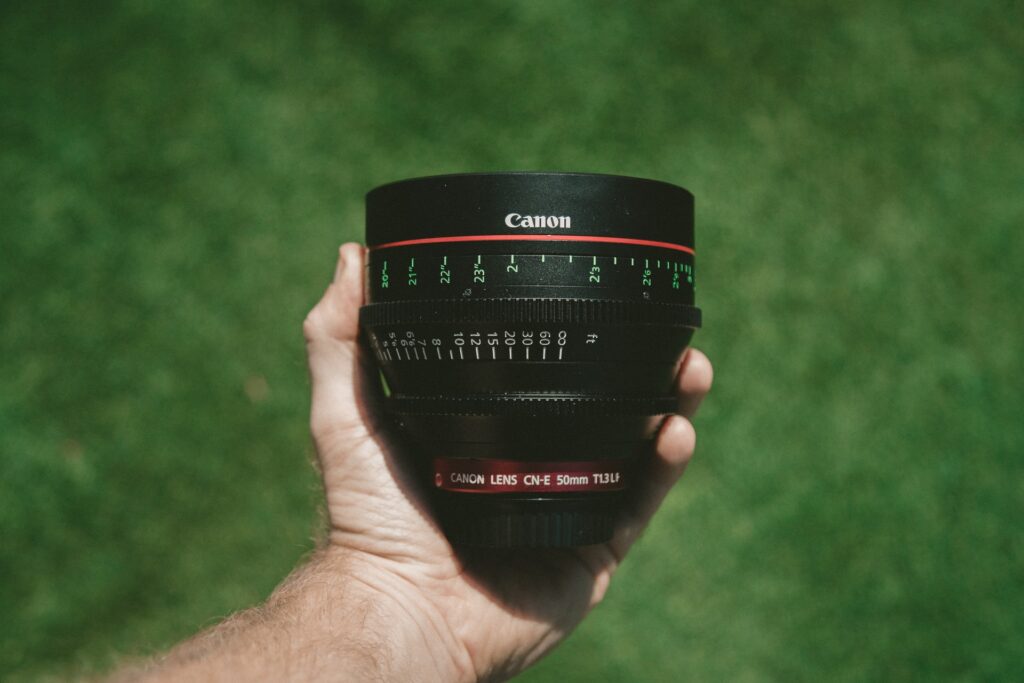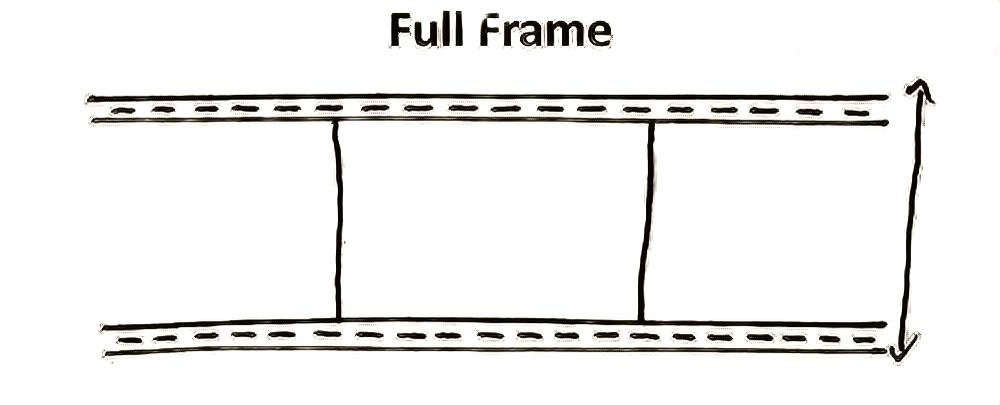Hey, what’s going on, everybody? It’s Us! Filmmaking Elements is your go-to filmmaking blog. In this article, I want to take the time to explain and put some light on the difference between a Full Frame sensor and a Super 35 sensor.
I’d like to talk about how we got up with a range of Full Frame video cameras on the market today, and ultimately, I’d like to help you decide if Full Frame cinematography is a tool that you should use in your cinematic approach. So let’s get started.
Full Frame Vs Super 35
History of Full Frame

Okay, so this is a simple and basic course on what Full Frame cinematography is, and I’ll start with some history and then circle back to describe what it is. So please bear with me.
Anyway, the first thing you should know is that the term full frame refers to one slide of 35mm still film, and today, much more commonly, a professional photo camera takes a picture on a Full Frame sensor, which means it takes a picture on a digital sensor with the same area as one slide of a still film.
This is why the Full Frame format has been the industry standard for decades, even during the transition from film to digital.
History of Super 35

Meanwhile, cinematographers in the motion picture industry got their hands on 35mm still film, but they intended to roll it vertically via a reel. This spawned the Super 35 motion picture film format, which is based on 35mm still film but is smaller.
I agree it’s puzzling. All you need to know is that this was the motion picture industry’s standard for rolling film. Then, over time, the movie camera sector is swept by the same digital onslaught. Today, just like photography, we have digital cinema cameras that capture video in the Super 35mm image size, just like their predecessors.
So, with that long-winded history out of the way, Full Frame cinematography is cinematography shot at Full Frame picture size, which is one slide of 35mm still film, significantly larger than the current video standard, Super 35.
Primarily, this newer, larger format has a significant impact on lens selection. But I just want you to know that that is the entire foundation of this Full Frame debate.
That was the case for decades, and even after the digital revolution, video cameras continue to shoot video at the super 35mm image size, as they did in the past. Things started to get intriguing in the area of Full Frame video capture very recently, to say the least.
The Fusion of both the sensors!
Canon introduced the 5D Mark II in 2008, which was capable of shooting 1920 x 1080p video using the complete image area. That was a significant deal because it was a Full Frame photographic camera. It caused many to question their assumptions about what a capable video camera should be. Keep in mind that it was essentially a photo camera. However, Full Frame video in DSLR-sized cameras would become a trend in the years to come.
Fast forward a few years, and we got the Sony A7S2, another photo-sized camera capable of producing beautiful Full Frame video in 4K. The trend changes once more, and now the masses are armed with Full Frame video cameras, producing incredible stuff.
Meanwhile, Cine camera makers continue to produce Super 35 size sensor Cinema cameras. So, the question is, did customers want Full Frame video captured from their high-end Cinema cameras? Like what was available in smaller DSLRs, whereas high-end manufacturers such as RED and ARRI undoubtedly thought so.
We saw the Alexa LF right after the Full Frame frenzy. Following it, all of RED’s new models have sensor areas larger than Super 35.
We must not overlook the Sony Venice or Sony’s FX range, both of which feature Full Frame video sensors. Canon has released the C 500 MK II, a fantastic Full Frame Cine camera.
It took some time, but it appears that the Cine camera world is gradually transitioning to this larger image format.
Effects on Lenses!

Simply put, because the sensor area of a Full Frame image format is larger than that of a Super 35mm camera, one focal length will appear to have a greater field of view than that of a Super 35mm camera. If you’re coming from a photography background, consider Super 35 to be an APSC crop sensor camera.
They’re not identical, but they’re close. So you’d know that putting your Full Frame 50mm lens on an APSC crop sensor would result in a focal length closer to 80mm. This is exactly what is happening with Full Frame cinematography but in the opposite direction.
A Full Frame 35mm lens on a Super 35 size image sensor would appear tighter than that, probably closer to like 50 mm. But if you put that 35mm on a Full Frame video camera, which is the image size that the lens was designed to illuminate, then the focal length will read true.
Because Super 35 size sensors were the industry norm for so long, many Cine lenses were only built to cover them.
Visual Distinguishing Between Full Frame and Super 35

There are two types of image sensors that are now common in digital video cameras: Full Frame and Super 35. But what exactly is the distinction? Let’s get into this special portion where I show you how to tell the difference visually.

The 35mm film was loaded horizontally in early film photographic cameras. The width of the film is denoted by the number 35mm. It has nothing to do with the actual size of the captured image. In still photography, the image is shot vertically on horizontally laid film, resulting in what is known as a Full Frame.

With motion picture cameras, the film would be loaded vertically, then the image would be captured in a vice versa manner. This is what is referred to as Super 35.

Just as a short aside, the term “Super 35” refers to a variety of image sensors that are all rather small in size. This contains well-known sensors such as APSC.

Both Full Frame and Super 35 are captured on 35mm filmstock, as seen in the diagram, although Full Frame covers a wider area. Traditionally, 35mm Full Frame has been used for still photography, whereas Super 35 mm has been used for motion pictures.
However, with the rising use of DSLRs and mirrorless cameras for filmmaking, there are a lot more videos currently employing Full Frame.
Titanic, The Lord of the Rings, Top Gun, and Ferris Bueller’s Day Off were among the films shot using Super 35. These two formats are ideal for filmmaking. They all have a large sensor space for capturing images, resulting in excellent low-light performance and a narrow depth of field.
While a Full Frame sensor is larger than a Super 35 sensor, both are excellent and can provide dramatic images.
Where the confusion lies!
I’ve had numerous chats with industry people over the years who can’t seem to understand the difference between a Super 35 and a Full Frame sensor in modern times.
Now that we’ve discussed modern-day camera sensors using old 35mm film and different film stocks and sizes to illustrate sensor size.
The biggest reason that people get these two confused is that a lot of people refer to Full Frame Sensors as “Full Frame Super 35” one term.
This causes people to get confused between a Super 35 sensor which is slightly smaller.
The Gist!
We’ve caught on to the notion that Cine camera manufacturers are preparing to transition to Full Frame filmmaking. What are my final opinions about the situation?
Well, it appears to be the direction in which the video world is moving, and this move makes sense from a manufacturing and technological standpoint. And, in terms of what this means for the cinematic process, I believe we’re about to witness a transformation in the way video is captured.
But don’t expect anything revolutionary. The only difference between Full Frame and Super 35 cinematography is a different lens or getting closer to your subject.
And I’ve completely forgotten to mention that any Full Frame video camera has the ability to record in Super 35 mode anyways.
And this whole time I’ve sort of forgotten to mention that on any Full Frame video camera you most definitely have the option to shoot in Super 35 mode anyways.
So all it does is provide filmmakers and video artists with another tool to use in their work and create some beautiful images.
- Also Read- How Good Are Xeen Cine Lenses?
- Also Read- Day For Night Color Grading In Davinci Resolve
- Also Read- How To Decide The Best Aspect Ratio For Your Film: Filmmaking 101
- Also Read- 7 Tips For Making The Best Colorist Showreel
- Also Read-What is a Prequel to a Film? How to Write Prequels? Explained with Examples!
- Also Read- How To Shoot 16mm Film On A Budget- Detailed Guide





